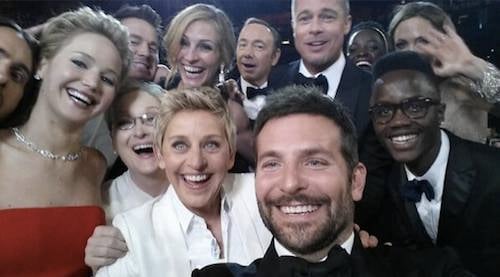

It was really an exciting time.” Gottesman had found an academic perch with vistas over a wealth of important questions, and their answers felt within reach.Īt the time, one fundamental issue puzzled researchers. “It seemed like major findings that today we think of as important results were coming out almost every week. “By 1996, things really accelerated,” he says. Shor’s finding showed that quantum computers could have advantages beyond the academic study of quantum mechanics, sparking the interest of many researchers, including Gottesman. The factoring problem is particularly relevant, since it is the basis of many cryptographic algorithms used to protect data on the internet, both then and now. And it wouldn’t just solve this problem-a quantum computer could factor large numbers much faster than any traditional computer. This changed abruptly in 1994, when Peter Shor discovered that a quantum computer could be used not only to simulate quantum mechanics but also to solve a problem from traditional computer science: breaking apart large numbers into their prime factors. For more than a decade, this idea remained an esoteric curiosity. Feynman conceived of this as a way to simulate the world in its full quantum complexity, since it was clear to him even in the early 1980s that regular computers were not, and never would be, up to the task. The idea of a quantum computing, first proposed by Paul Benioff in the late 1970s and further developed by Richard Feynman in 1982, is to encode information not in normal bits-basic units of classical information that can be either a 1 or a 0-but in quantum mechanical states, or qubits -capable of being 1, 0 or a superposition of the two. Gottesman took his chance to go on a different physics adventure while staying in the same physical location. “It just seemed like, in the end, whatever I did, it wouldn't definitively solve the problem,” Gottesman says.Īs luck would have it, Caltech was one of the most exciting places to be during the renaissance of quantum information in the 1990s. He was excited by the prospect of uncovering something fundamental about the world, but soon became discouraged by a lack of progress. There, he joined the group of John Preskill, a theoretical physicist, intending to set up camp on the scholarly island of quantum gravity-an ambitious quest to resolve some inconsistencies between the theory of gravity and quantum physics. Gottesman continued his academic and geographical journey, landing on the West Coast as a graduate student at Caltech in 1992. But he found simulation almost as unsatisfying as experiment-the best machine he had access to in 1989 was too slow to definitively resolve the problem he was tackling. He still made frequent trips back to Maryland, even spending one summer working on a computational project with Sankar Das Sarma, a professor of physics and condensed matter theorist at UMD. Motivated by this pursuit, he left Maryland for the harsher winters of Boston, where he pursued an undergraduate degree in physics at Harvard University. What most ignited his interest was the desire to have an intellectual perch where he could oversee a range of unsolved problems-and then plan a path to solve them. “Both my parents are scientists,” he says, “so it was just kind of like a normal thing to do for me.” A few early encounters with the messy reality of experimental science (including a stint in his mother’s biology lab for a science fair project), set Gottesman on the path toward theory. By the time he was in third grade, Gottesman knew he wanted to be a scientist. Gottesman’s career was a long time in the making. And anyone who works on quantum networks has heard of his proposal for interferometric telescopes.” Anyone who studies quantum algorithms has heard of the Gottesman-Knill theorem. “Anyone who studies quantum error correction has probably read his notes on stabilizer codes. “Gottesman is ubiquitous,” says QuICS co-director Yi-Kai Liu. In his wake, he has left significant contributions to quantum error correction, quantum cryptography and fault-tolerant quantum computation, including a theorem that bears his name. Now, Gottesman is returning to his native Maryland after a career that has taken him across North America and through different areas of quantum information science. He grew up in Montgomery County, just a short drive from the Maryland campus, and both his parents worked as biologists at the National Institutes of Health in Bethesda. Daniel Gottesman, one of the newest Fellows of the Joint Center for Quantum Information and Computer Science (QuICS) and the Brin Family Endowed Professor in Theoretical Computer Science at the University of Maryland, is no stranger to the region.


 0 kommentar(er)
0 kommentar(er)
